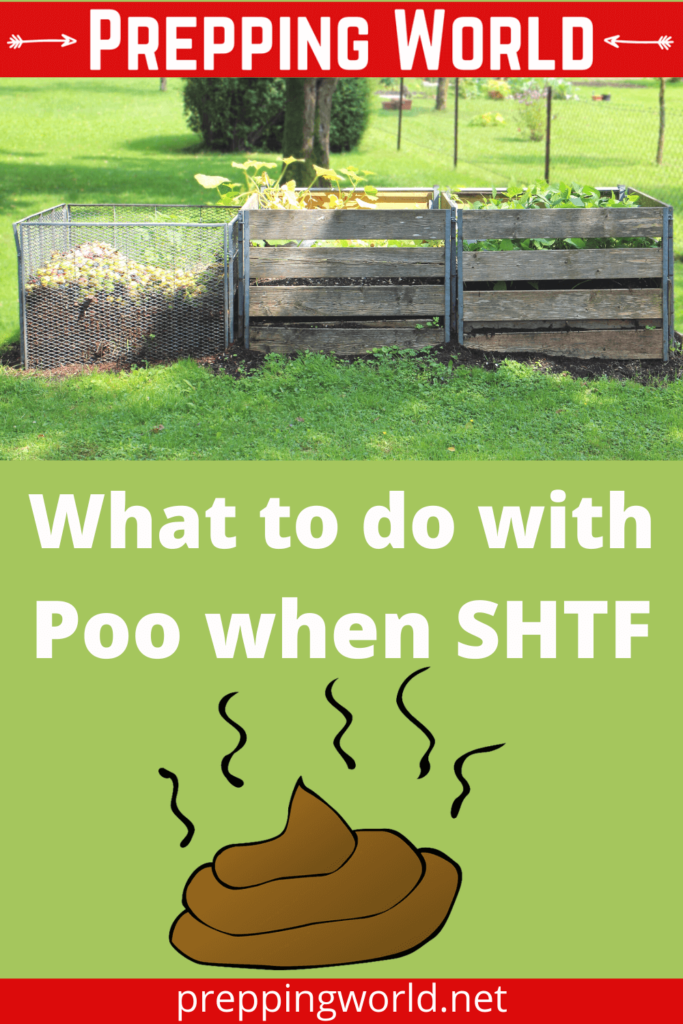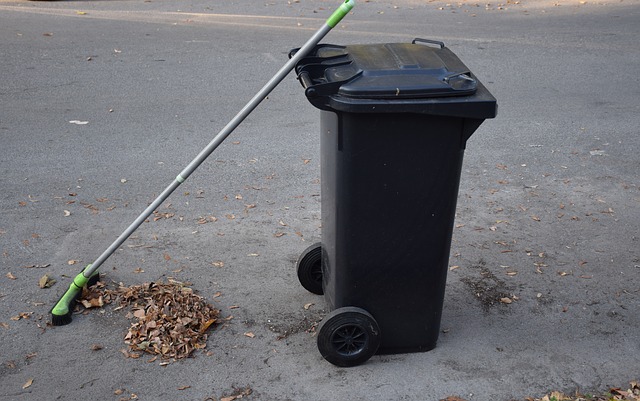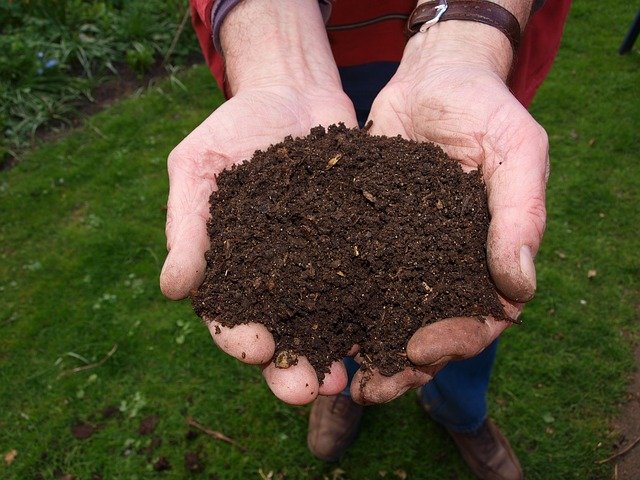There is a lot to think about when planning for potential disaster scenarios.
Do I have enough food and access to clean water? What about backup power and heating? Understandably, these are some of the top prepping concerns.
But have you ever considered what you’ll do with your poo when the–uh–stuff hits the proverbial fan? If you live in an off-grid or other scenario where waste is sanitarily disposed via a septic system, then you’re good to go.
But the vast majority of people are used to having their fecal matter conveniently flushed down a public sewage system. For these folks, figuring out how to deal with poop and pee in a disaster situation will soon become a top priority.
Affiliate Disclosure
By clicking an affiliate link below, we may receive a commission on purchases at no additional cost to you.
Human Waste can Quickly Spread Disease
You don’t have to look very hard anywhere disasters strike to see that diseases rapidly spread when sanitation is lacking. Whether from an earthquake knocking out power (and thus no running water) or refugees fleeing a war zone, untreated human waste is a primary agent of illness.

Cholera, hepatitis and typhoid are just some of the nasty illnesses that can be spread by improper sanitation methods. Needless to say, there will be enough to worry about in a SHTF scenario without adding disease into the mix.
Changing Your Mindset Regarding Poo
Those of us who are parents likely remember when we first started handling dirty diapers. The smell, the appearance–even the texture–of baby poo was a bit stomach-churning for most.
But with time, holding our noses while wiping the stuff off a smooth baby butt soon became second nature. After all, it’s just a little (or sometimes a lot) of poo, which is the normal and natural end product of digestion.
And it’s in viewing excrement as a neutral substance–rather than a mortal enemy–that progress with poo will more quickly be made.
The key resource needed to properly deal with poo in a SHTF scenario is not a big holding tank but instead is biological material such as sawdust and dirt.
Compost Your Poo When SHTF
Nearly all gardeners use some type of compost to add nutrient-rich matter to their soil. This compost can be made up of all types of materials, usually plant parts such as leaves and grass. But animal manure (usually cow but chicken, rabbit and goat) may also be composted and actually makes one of the richest composts.
While most of us find the thought of composting human excrement to be incredibly icky, this practice has gained ground in recent years. And in a SHTF scenario, it could solve two really important issues: what to do with your poo, and how to nourish garden soil when commercial fertilizer is unavailable.
How to Compost Human Poo
As mentioned, there’s been a growing trend to turn human excrement into compost. This end product is sometimes called “humanure,” and there’s even been a book written about it!
The bottom-line (pun intended) idea is to turn your waste into a biodegradable renewable resource. Here are the basic steps involved with composting human poo.
📌 Save for later! 📌

The first step with composting human poo is having a way to collect it.
While some human poo composters have fancy composting toilets, the most common collection device is a plain five-gallon plastic bucket. You can create a makeshift toilet seat for the bucket by cutting a foam swimming noodle to a length equal to the circumference of the bucket top, then cutting half-way into the piece lengthwise. Finally, fit the modified swim noodle piece onto the bucket as a cushy for your tushie. You can also buy premade seats for convenience.
Before using your bucket for the first time, put a layer of high-carbon organic plant matter (such as wood shavings, sawdust, shredded paper, or mulch) in the bottom. Ideally this matter should be composed of different-sized materials for the best aeration. Keep a bucket filled with this material near your poo bucket and add another layer of matter each time after you go. Keep the bucket covered when not in use.
When doing your business, it’s best to keep pee out of the poop bucket (toilet paper is fine and don’t worry if some pee makes it in there). Pee is actually sterile and is fine to pour outside as fertilizer for your lawn.

Put your new poo in a compost bin or large trash can
Once your bucket is nearly full, it’s time to take it outside (with the lid tightly sealed, of course). The two most popular options for turning poo into finished compost are a compost bin or a large plastic trash can with wheels.

You can create a makeshift compost bin by placing wood pallets upright, forming a square. Use twine, wire or zip ties to hold the pallets together.

Another option for composting is to use a large (the bigger the better) plastic trash can with wheels. If you go this route, you’ll need to drill a hole near the bottom of the can to allow drainage of excess fluid (installing a spigot is ideal).
How to layer your compost bin or trash can
Before adding your first bucket of poo, put a layer of sticks on the bottom of the compost bin or trash can, then some dry material such as leaves or straw. If using a trash can, you’ll also wants to loosely tie together a small but long bundle of sticks inserted vertically into one corner of the can to promote aeration.
The layering process is fairly forgiving but basically involves a bottom layer of sticks, a layer of dry plant material, a bucket of poo, and a layer of plant material such as leaves, dry grass, cardboard, or kitchen scraps. You’ll want to dig in and form a “crater” in the center of the compost bin in which you pour the poo bucket each time, then cover the new deposit with pre-existing compost material.
Don’t turn or otherwise disturb the compost material other than scraping back the top layer when adding new buckets of poo.
If the pile seems too dry, you can add some pee or graywater. Compost forms best when adequately moist but not drenched. If the pile is too damp, add more dry material.
After emptying your poo bucket, add a little water and liquid soap to the bucket and swipe it out with a toilet brush, then repeat the process.
If pests are an issue with your bin, put a wire cover over it.
If all of this seems too complicated, you can always buy a ready-to-use composting toilet!
How long does it take for compost to form?
Placing your compost bin or trash can in a warm location will accelerate the process of microbes breaking down the poo and plant material, turning them into rich compost that can be used for gardening. It is important that the stuff get hot enough long enough to kill any potentially bad pathogens that could be lurking around. A compost thermometer is perfect for monitoring the temperature.
There is no hard and fast rule as to how long it takes compost to form. Things like outdoor air temperature, rain amounts, and the types of plant matter used all affect how quickly the compost material will become ready to use in your garden. A general guideline is that it takes about one year to make sure the compost gets thoroughly heated enough to kill any bad bugs, then cools and goes through the natural decomposition process of making usable compost.

Final thoughts
Knowing how to handle human excrement in a SHTF situation can make all the difference between staying healthy and succumbing to waste-borne diseases. While not everyone may be in a situation to compost their poo, this option will be viable and practical for many people.
Whether you choose to compost poo in a standalone bin or in a garbage can, doing so will both take care of a potential waste problem and also provide valuable soil enrichment for gardens when commercial fertilizers are not available.
CHECK OUT THE LATEST POSTS:





We’ve used a compost toilet at our cabin for years. Floating on the water it was the only way to handle poo in a safe manner. I have used the resulting compost on ornamental plants but not in my vegetable garden. For that it would need a longer processing time. – Margy
That’s great that you’ve used a composting toilet! A lot of people still seem hesitant to compost human poo but it has many benefits when done correctly. Totally agree about the longer processing time when used with vegetables. Thanks for the comment!